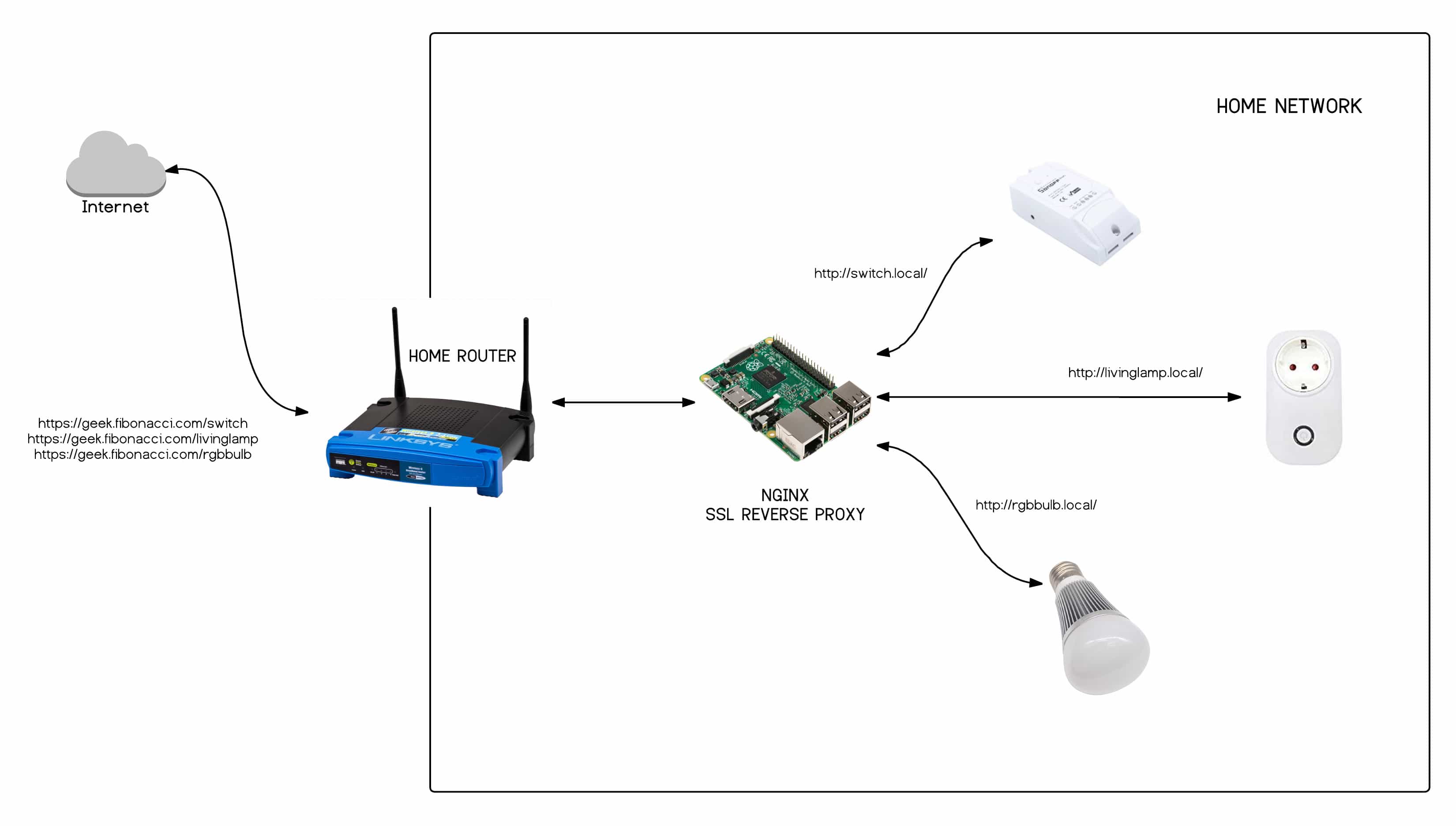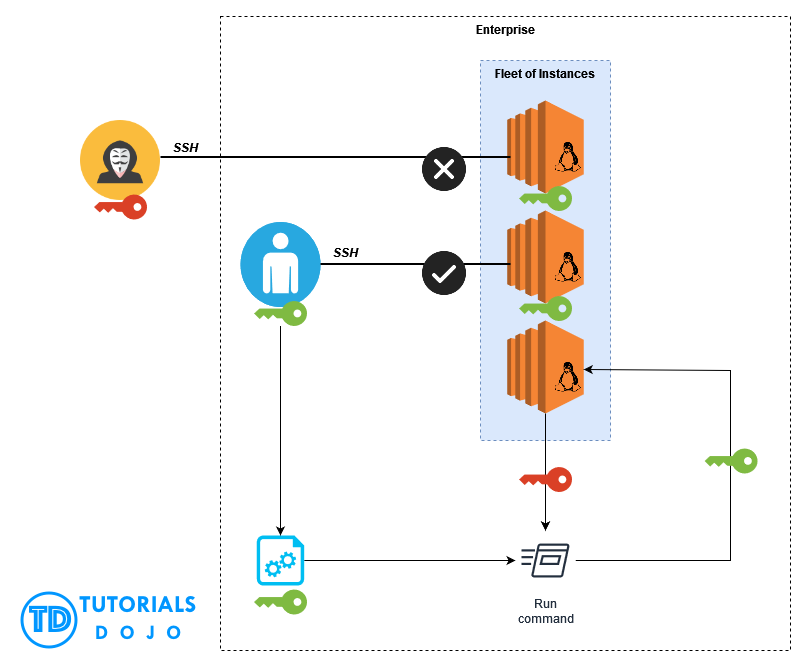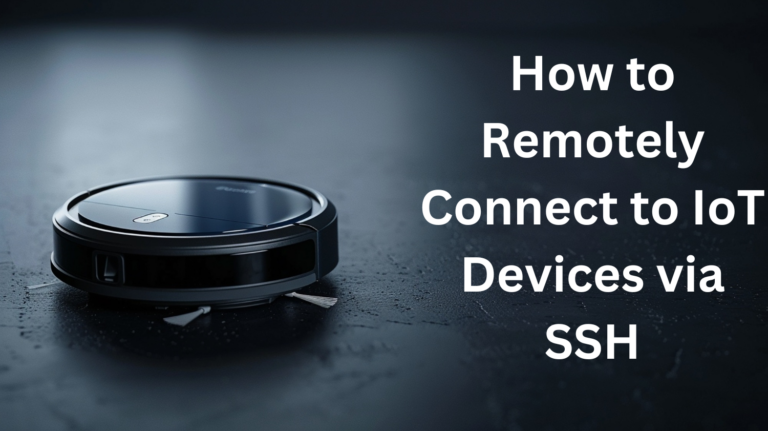How To Access IoT Devices Remotely With SSH And An AWS Server
Connecting to your IoT devices from afar can feel like a big challenge. You might have sensors out in the field, or perhaps a smart home setup you want to check on while you are away. Getting direct access to these small computers, especially when they are not right next to you, is pretty important. It allows you to fix things, update software, or just gather data without having to physically visit each device. This kind of remote connection makes managing many devices much simpler, too it's almost a necessity for any larger IoT project, you know?
For secure and reliable remote access, two tools really stand out: SSH and an AWS server. SSH, or Secure Shell, gives you a safe way to connect to a device over an unprotected network. It helps keep your information private. AWS, which is Amazon Web Services, offers a very strong cloud platform where you can set up a server. This server acts like a central point, a kind of secure bridge, between you and your IoT devices, which is pretty useful.
This article will show you how to use SSH with an AWS server to reach your IoT devices no matter where they are. We will go through the steps, talk about why this setup works so well, and share some tips for keeping everything secure. By the end, you will have a clear picture of how to manage your devices from anywhere, which is quite a powerful capability, honestly.
Table of Contents
- Understanding Remote Access for IoT
- What is SSH and How It Helps
- Leveraging AWS for IoT Remote Access
- Step-by-Step Guide: Connecting Your IoT Device
- Best Practices for Secure Remote Access
- Future of IoT Remote Management
Understanding Remote Access for IoT
Remote access for IoT devices means you can control or check on them from anywhere, using the internet. This is really important for devices that are far away, like sensors in a field or equipment in a factory. It saves time and effort, as you do not have to travel to each device to make changes or see what is happening, which is quite convenient.
Challenges of IoT Device Management
Managing IoT devices can be tricky. They are often in different places, sometimes with limited network access. Updating their software, fixing problems, or just getting data from them without direct physical contact presents some hurdles. Also, many IoT devices have less processing power or memory compared to a regular computer, so they need solutions that are light on resources, which is a consideration.
Security Considerations for IoT Remote Access
When you access devices remotely, security becomes a big concern. You do not want unauthorized people getting into your systems. This means protecting the connection itself and making sure only the right people can get in. Data privacy is also key; any information sent back and forth needs to be kept safe from prying eyes, so that's a very important part of the plan.
- Pinay Scandal News 2024 Philippines
- Iot P2p Connect Free
- Hanalei Swan The 30m Shark Tank Deal She Turned Down Ndash What Happened
- Viralkamd
What is SSH and How It Helps
SSH stands for Secure Shell. It is a network protocol that lets you operate network services securely over an unsecured network. It provides strong encryption, which means your commands and data are scrambled so others cannot easily read them. This makes it a very good choice for remote connections, honestly.
SSH Basics: Keys and Protocols
SSH uses a client-server model. You have an SSH client on your computer and an SSH server running on the device you want to connect to. Instead of just a password, SSH often uses key pairs for authentication. One key is public, and the other is private. The public key sits on the device you want to connect to, and you keep the private key safe on your computer. When you try to connect, these keys work together to prove your identity without sending your password over the network, which is a very secure method, in a way.
Why SSH for IoT Devices?
SSH is great for IoT devices because it is lightweight and secure. Many small IoT operating systems, like Linux distributions for Raspberry Pi, come with SSH built in or are easy to add. It gives you a command-line interface, which is perfect for managing devices that do not have a screen or keyboard attached. This makes it a practical choice for many situations, you know?
Leveraging AWS for IoT Remote Access
AWS provides a wide range of services that can help you set up a central server for accessing your IoT devices. Using AWS means you get a reliable, scalable, and secure platform. You can pick the right kind of server for your needs and easily manage its network access, which is quite helpful.
Setting Up an AWS EC2 Instance
An EC2 instance is a virtual server in the AWS cloud. You can choose different types of instances based on how much power you need. To set one up, you pick an Amazon Machine Image (AMI), which is like a template for your server's operating system. Then you choose an instance type, configure network settings, and create a key pair. This key pair is how you will SSH into your EC2 instance later, so it is a very important step, apparently.
AWS IoT Core Integration for Device Management
While EC2 gives you the server, AWS IoT Core helps manage your devices. It allows devices to connect to the cloud, send data, and receive commands. You can register your IoT devices with IoT Core, and it provides secure ways for them to communicate. This can be used to trigger actions on your EC2 instance, or to manage device certificates, which is quite a comprehensive system. You can learn more about AWS IoT Core on our site.
Security Groups and Network ACLs for AWS
Security groups act like virtual firewalls for your EC2 instance. They control incoming and outgoing traffic. You set rules to allow SSH connections only from your specific IP address, or from a limited range. Network Access Control Lists (ACLs) add another layer of security at the subnet level. They allow or deny traffic based on IP addresses, protocols, and port numbers. Setting these up correctly is very important for keeping your server safe, honestly.
Step-by-Step Guide: Connecting Your IoT Device
Getting your IoT device to talk to your AWS server via SSH involves a few distinct steps. It is a process that needs attention to detail, but it is not overly complex once you understand each part. We will go through it together, which should make things clearer.
Prerequisites for Your Setup
Before you start, you need a few things ready. First, an AWS account. Then, your IoT device needs to be running an operating system that supports SSH, like a version of Linux. You will also need a way to initially connect to your IoT device, perhaps with a keyboard and screen, to set it up. A reliable internet connection for both your computer and the IoT device is also a must, so that's a basic requirement.
Configuring Your IoT Device for SSH
On your IoT device, you need to make sure the SSH server is running. For many Linux-based devices, this means installing `openssh-server`. Once installed, you will want to generate an SSH key pair on your device. The public key from this pair will be placed on your AWS EC2 instance. This allows your IoT device to initiate a secure connection to the AWS server. You might also set up a user account specifically for remote access, which is a good practice for security, you know?
Establishing the SSH Connection from AWS
The general idea is to have your IoT device initiate an SSH connection to your AWS EC2 instance. This is often called a reverse SSH tunnel. Your IoT device connects to your EC2 instance, creating a tunnel. Then, from your own computer, you SSH into your EC2 instance, and through that tunnel, you can then connect to your IoT device. This works well when your IoT device is behind a firewall or NAT and cannot accept incoming connections directly, which is often the case. It is a clever way to get around network restrictions, honestly.
Troubleshooting Common Remote Access Issues
Sometimes, things do not work perfectly on the first try. If you cannot connect, check your security group rules on AWS. Make sure the correct ports are open for SSH. Also, verify that your SSH keys are set up correctly on both ends. Check network connectivity from your IoT device to AWS. Logs on both the IoT device and the EC2 instance can often tell you what went wrong. Patience is key here, as it can be a bit fiddly at times, but usually, it is a small configuration detail.
Best Practices for Secure Remote Access
Keeping your remote access secure is just as important as setting it up. There are several things you can do to protect your devices and your data. These practices help reduce the risk of unauthorized access and keep your operations running smoothly, which is very important.
Key Management and Rotation Strategies
SSH keys are powerful. Treat them like passwords, but even more carefully. Store your private keys in a secure place and protect them with strong passphrases. It is also a good idea to rotate your keys regularly, meaning you generate new ones and replace the old ones. This reduces the risk if a key ever gets compromised, so it is a good habit to get into.
Least Privilege Access Principles
Only give your remote access users the permissions they absolutely need to do their job. For instance, if someone only needs to read sensor data, do not give them permission to update software. This limits the damage if an account is ever misused. It is a fundamental security idea, and it helps keep things tidy, too.
Monitoring and Logging for Security
Keep an eye on who is accessing your devices and when. Set up logging on your AWS EC2 instance and your IoT devices to record SSH connection attempts. Review these logs regularly for anything unusual. AWS CloudWatch can help you collect and analyze these logs. If you see strange activity, you can react quickly. This proactive approach really helps keep things safe, you know?
Future of IoT Remote Management
The way we manage IoT devices remotely keeps changing. New tools and methods are always appearing, making it easier and safer to connect. As more devices come online, efficient remote access will become even more important. This approach, using SSH with an AWS server, provides a solid foundation for managing your connected world. It is a very flexible and strong method that will likely remain useful for a long time, honestly. Also, you can link to this page for more details.
Frequently Asked Questions (FAQ)
Is SSH secure enough for IoT devices?
Yes, SSH is considered very secure for remote access. It uses strong encryption to protect the connection. When you combine it with good practices like using key pairs instead of passwords, rotating keys, and limiting access, it offers robust protection for your IoT devices. It is widely trusted for many sensitive operations, so it is a good choice.
Can I use a free AWS tier for this setup?
You might be able to use parts of the AWS Free Tier for a small setup, especially for the EC2 instance. The Free Tier offers a certain amount of usage for various services without charge. However, if you have many devices or need continuous, high-volume access, you will likely go beyond the Free Tier limits. It is a good way to start and experiment, though, so that's a positive.
What if my IoT device is behind a firewall?
If your IoT device is behind a firewall or a NAT (Network Address Translation) and cannot accept incoming connections directly, a reverse SSH tunnel is a common solution. In this setup, your IoT device initiates the connection outwards to your AWS EC2 instance. This creates a tunnel that you can then use from your own computer to reach the IoT device through the AWS server. It is a very effective workaround for tricky network situations.
- Remoteiot Device Ssh
- Howard Morley Oregon
- Abby Berner Leaks
- Faith Adanza Sex
- V3 Vegamovies.bitbucket.io

How To Access IoT Devices Remotely Using SSH For Free

How To Remotely Access IoT Devices Via SSH On The Web For Free With AWS

Step-by-step Guide | How to Remotely Connect to IoT Devices via SSH